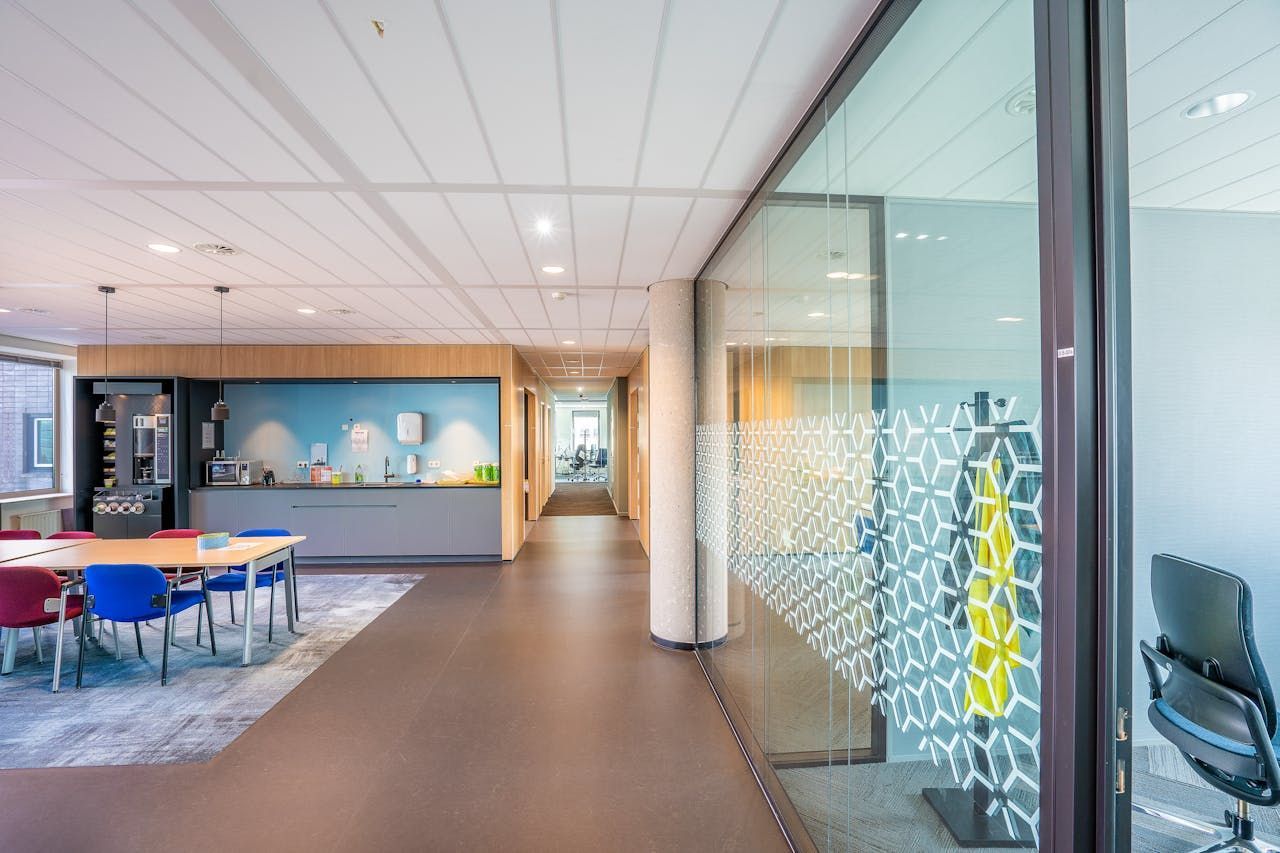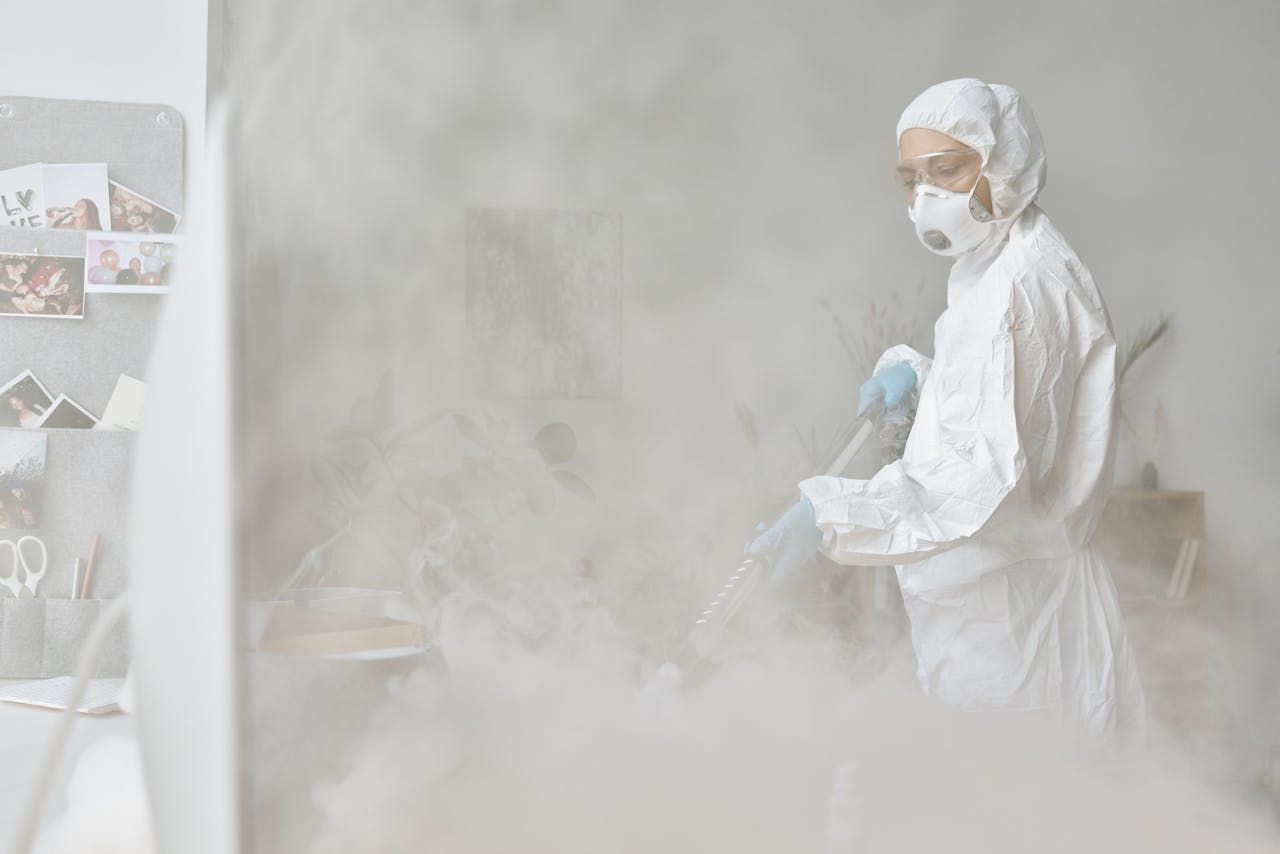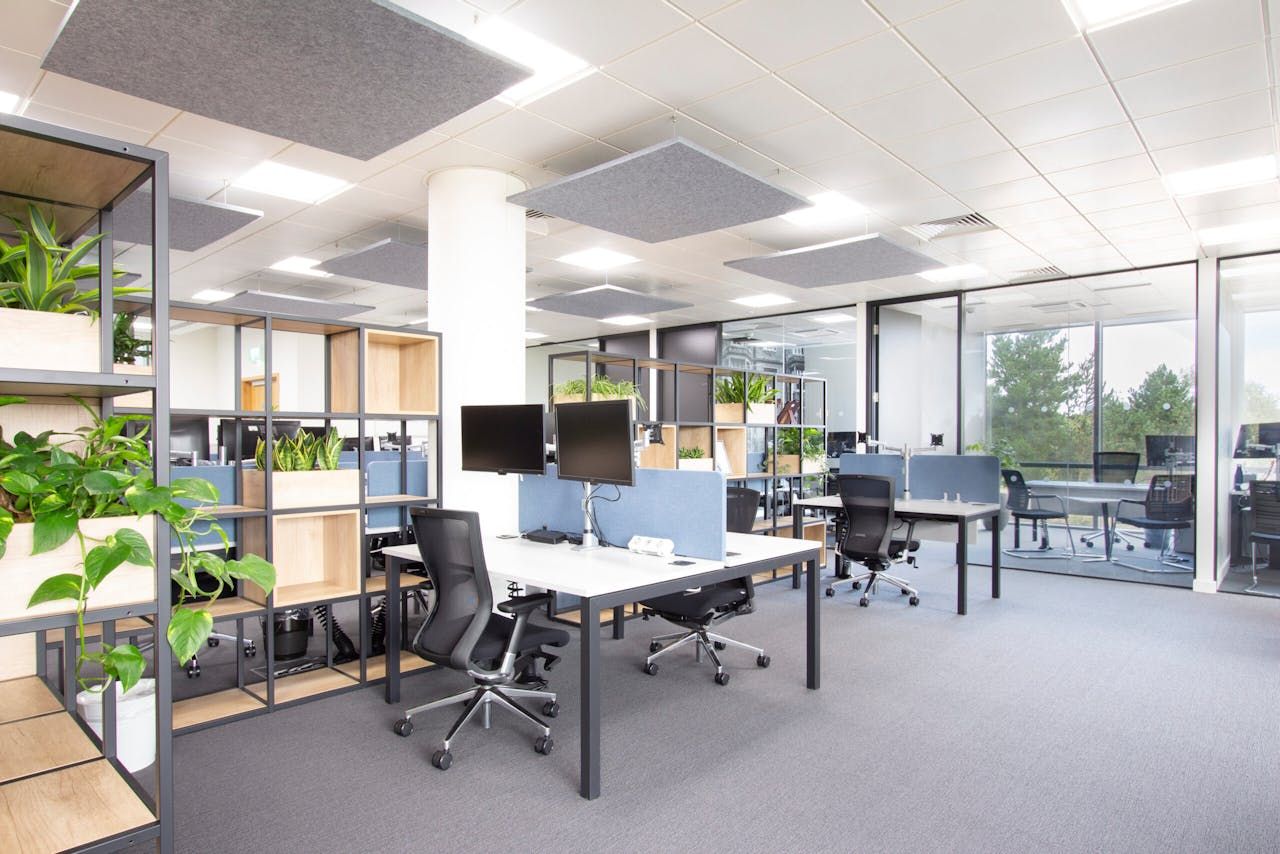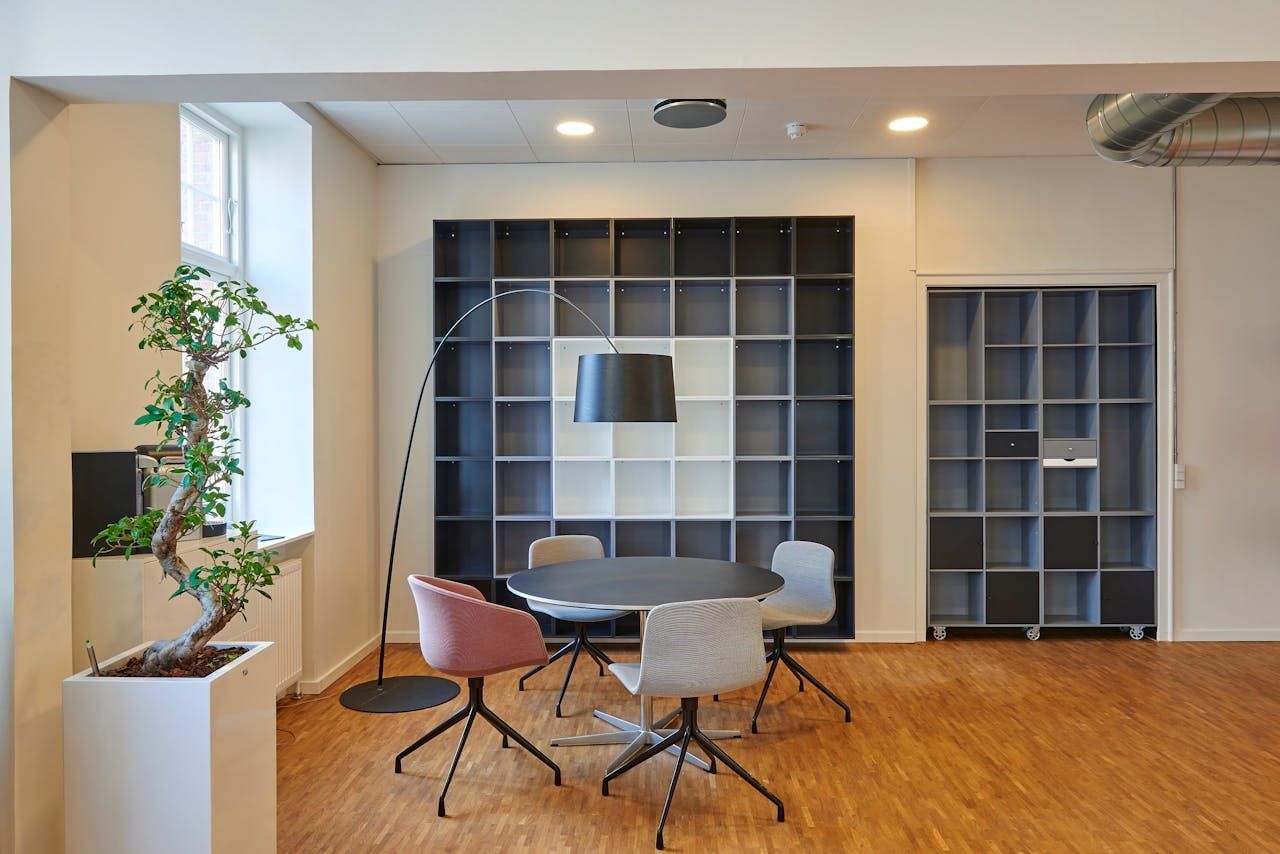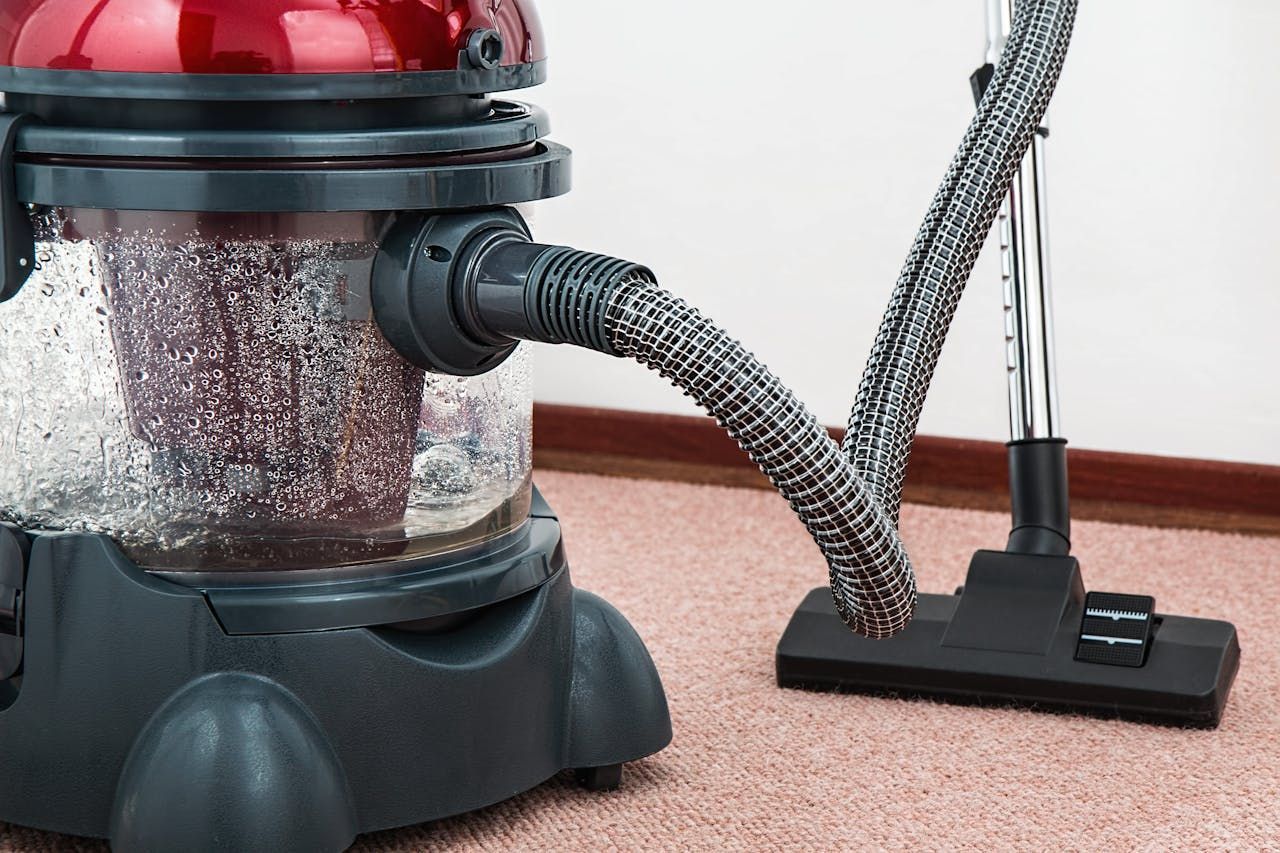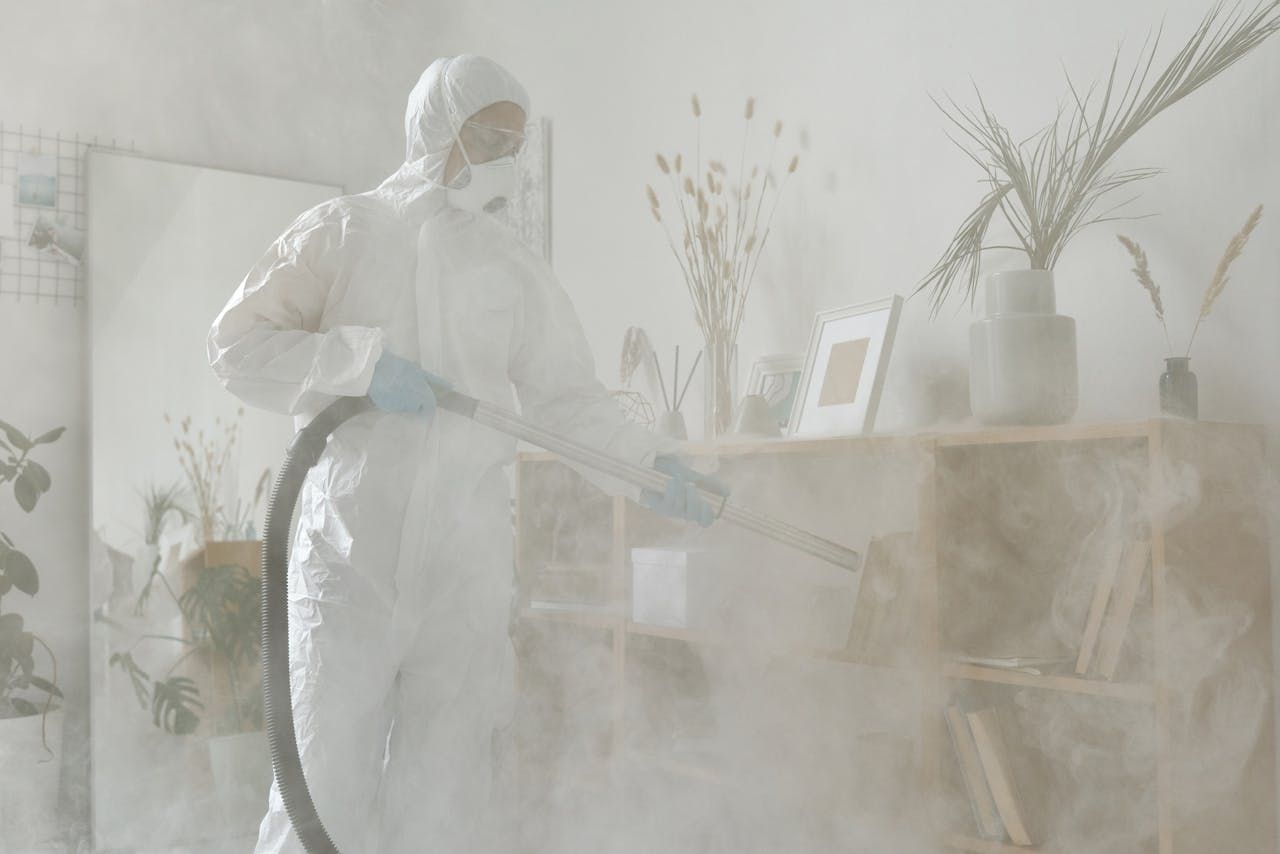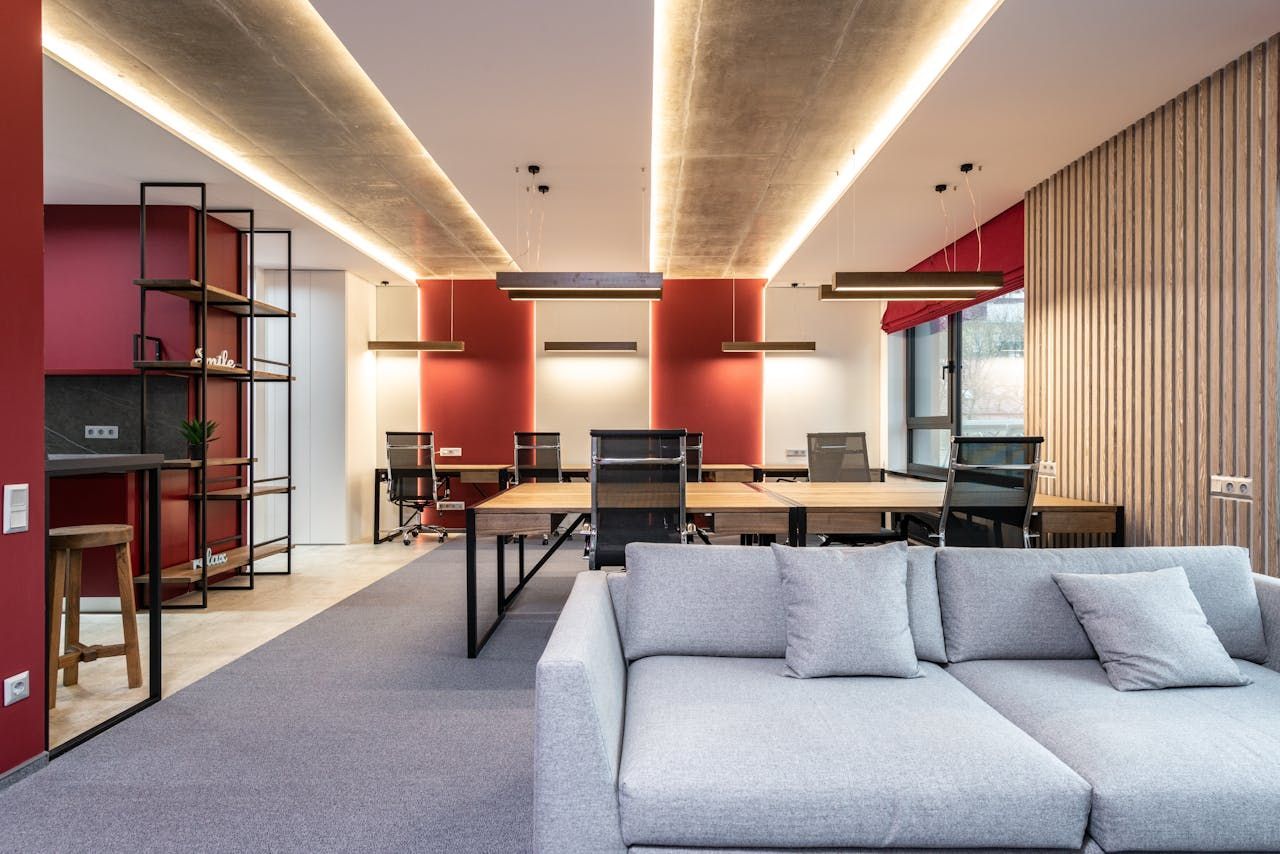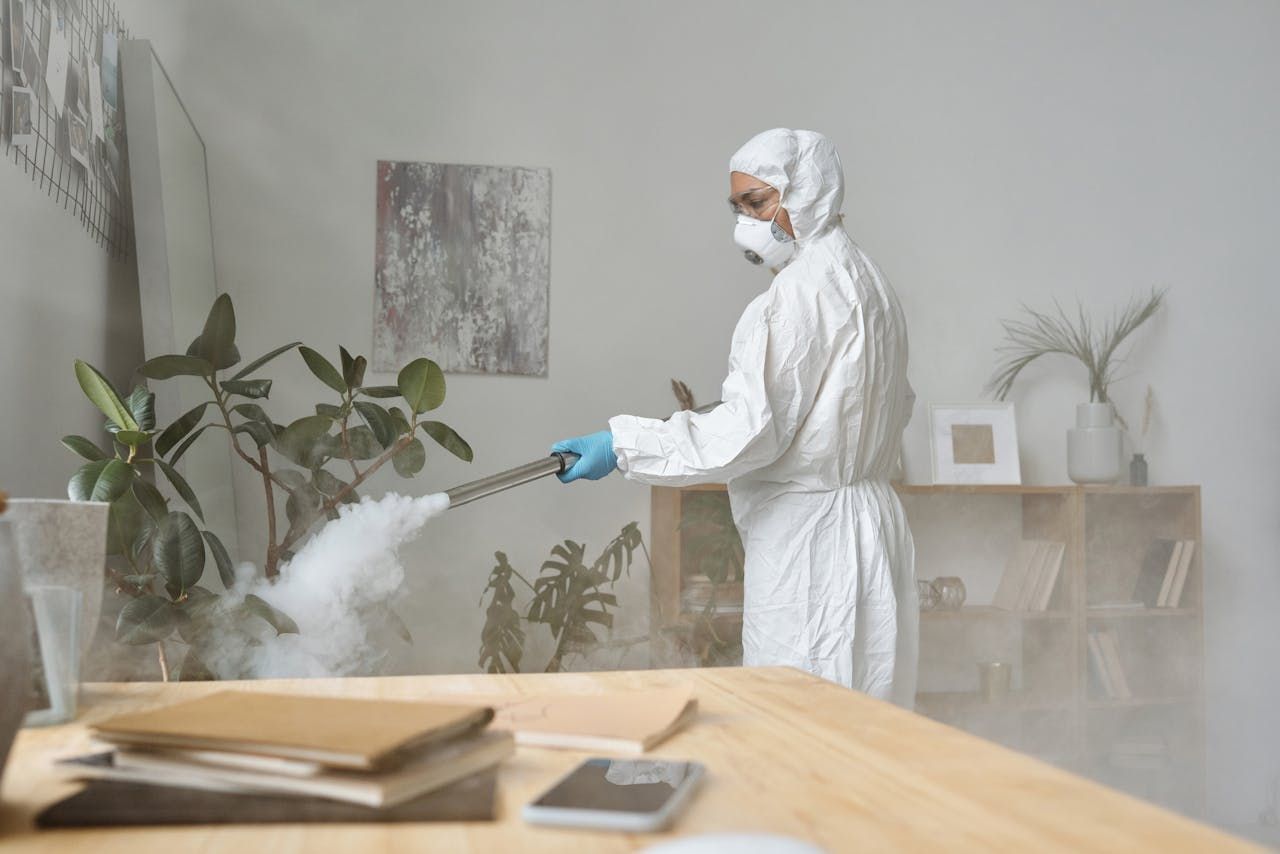Green Clean: How Sustainable Office Cleaning Can Reduce Your Carbon Footprint
When you think of reducing your carbon footprint at work, you probably think of reducing paper use or switching to a water filter rather than single-use plastic bottles (with good reason; it's estimated that 5 million tonnes of paper still end up in landfills and approximately
5.5 billion plastic bottles). But there's an often overlooked area where you can make an even bigger impact than recycling.
At LNC, cleaning is a passion for us - but green cleaning is even more so. Let’s take a look at how you can get closer to those corporate social responsibility goals without compromising your cleanliness and standards…
The Benefits of Green Cleaning
Eco-friendly cleaning methods are the easiest way to reduce your carbon footprint and make your workplace more sustainable all at once. However, using environmentally friendly cleaning products and techniques has a few other benefits. Here are just some of them:
Reduced impact on the environment
It’s an easy thing to overlook, but harsh and toxic chemicals contribute a great deal to your company’s carbon footprint. If you imagine all of the chemicals used on a daily basis in your building, all gathered into one enormous bucket and then dumped out into the world, you can see just how important your cleaning choices are. These chemicals don’t disappear once they’re flushed or washed away. In fact, some can be impossible for water treatment plants to remove.
Healthier staff
By reducing your team’s exposure to chemicals, you’re directly supporting their well-being. When the people in your building are subjected to strong chemicals day after day, it’s possible to gain side effects such as headaches or skin irritation. This could be from apparently innocent cleaning practices such as bleaching toilet seats or using carpet cleaning powders. With a greener clean, your staff aren’t exposed to any intense chemicals in the office.
Effective cleaning
You may think that because eco products aren’t as harsh as general cleaning products, but that’s simply not the case. Green cleaning options work just as well as other cleaning products but in a gentler or different way. For example, the acid of lemon juice is just as effective in cutting through grease and stains as a more caustic product, but unlike manmade chemicals, lemon juice is safe to consume (although, we recommend using different lemons for your drink garnish to those used to clean!).
Using Green Cleaning Products…
Now that we’ve briefly covered the benefits of choosing green cleaning methods, let’s talk about the specifics of what that entails. Using green cleaning products is the most obvious option to adopt more sustainable cleaning practices in your building.
Traditional cleaning products often contain harsh chemicals that can harm both human health and the environment. They contribute to air and water pollution, generate plastic waste and even leave behind toxic residues on surfaces.
Switching to green products can reduce the carbon footprint of your business. You can start doing this by…
Looking for Eco-Certifications: Look for products certified by reputable organisations like Ecolabel, Green Seal, or the Leaping Bunny logo. These certifications ensure that the products meet strict environmental and safety standards.
Choosing Plant-Based Formulas: Opt for cleaners made with natural ingredients like citrus, vinegar, or essential oils. These are effective at cleaning while minimising harmful chemical exposure.
Reduce, Reuse, Recycle
Many people may not realise, but there’s a real need to reduce waste in the cleaning industry. A lot of waste is involved, including chemical, water, energy and plastic waste. Consider how often a professional cleaner may need to replace their sponges or mops.
Your office cleaner or
commercial cleaning team
can easily reduce their waste by;
- Reduce: Buying concentrated cleaning products in refillable containers to reduce packaging waste.
- Reuse: Using reusable microfibre cloths instead of disposable paper towels for spillages.
- Recycle: Recycling empty cleaning product containers and other materials whenever possible.
These small adjustments to your cleaning routine can make a real difference to your carbon impact. When these practices aren’t observed, wasteful methods can snowball, leading to an unsustainable workplace and an ever increasing carbon footprint.

Energy and Water Usage
Water scarcity is a growing concern, with projections of a 56% freshwater deficit by 2030. The cleaning industry is a significant consumer of water, and there's a need to reduce its water footprint.
Traditional cleaning methods and products often involve excessive water usage, but it’s not the only way. You can reduce your energy and water use by;
- Using energy and water-efficient cleaning equipment such as carpet cleaners. But when buying be sure to check its eco credentials.
- Using cold water for cleaning, combined with effective eco-cleaning products, rather than relying on hot water.
- Turning off lights and equipment when not in use, rather than letting them run.
- Using microfibre cloths as these can achieve up to 90% water savings compared to traditional bucket-and-mop methods.
- Consider electoloysed water cleaning for a deeper clean with no chemical usage.
- Utilising rinse-free cleaning solutions, so as not to use water unnecessarily.
Partner with a Green Cleaning Service
Cleaning your office or facility may already be a sore spot or something that’s difficult to manage in your busy schedule. Having a reliable, professional cleaning team with a regular schedule can help you prioritise sustainability while also keeping your workplace clean and hygienic.
At LNC, we’re dedicated to eco practices and products, and we have already integrated green cleaning into our services. We can help you reduce your carbon footprint while making sustainability a more achievable, daily goal.
Want To Try A Green Clean & Boost Your Sustainability?
Sustainable cleaning practices can have a deeply positive impact both the environment and the workplace. You can reduce your contribution to toxic waste, improve your team’s wellbeing and still get an effective, thorough clean.
Consider implementing some of the tips we’ve mentioned, as even small changes can make a big difference in reducing your carbon footprint. If you’d like eco-cleaning professionals to keep your workplace gleaming,
get in touch today
- we’d love to help.
